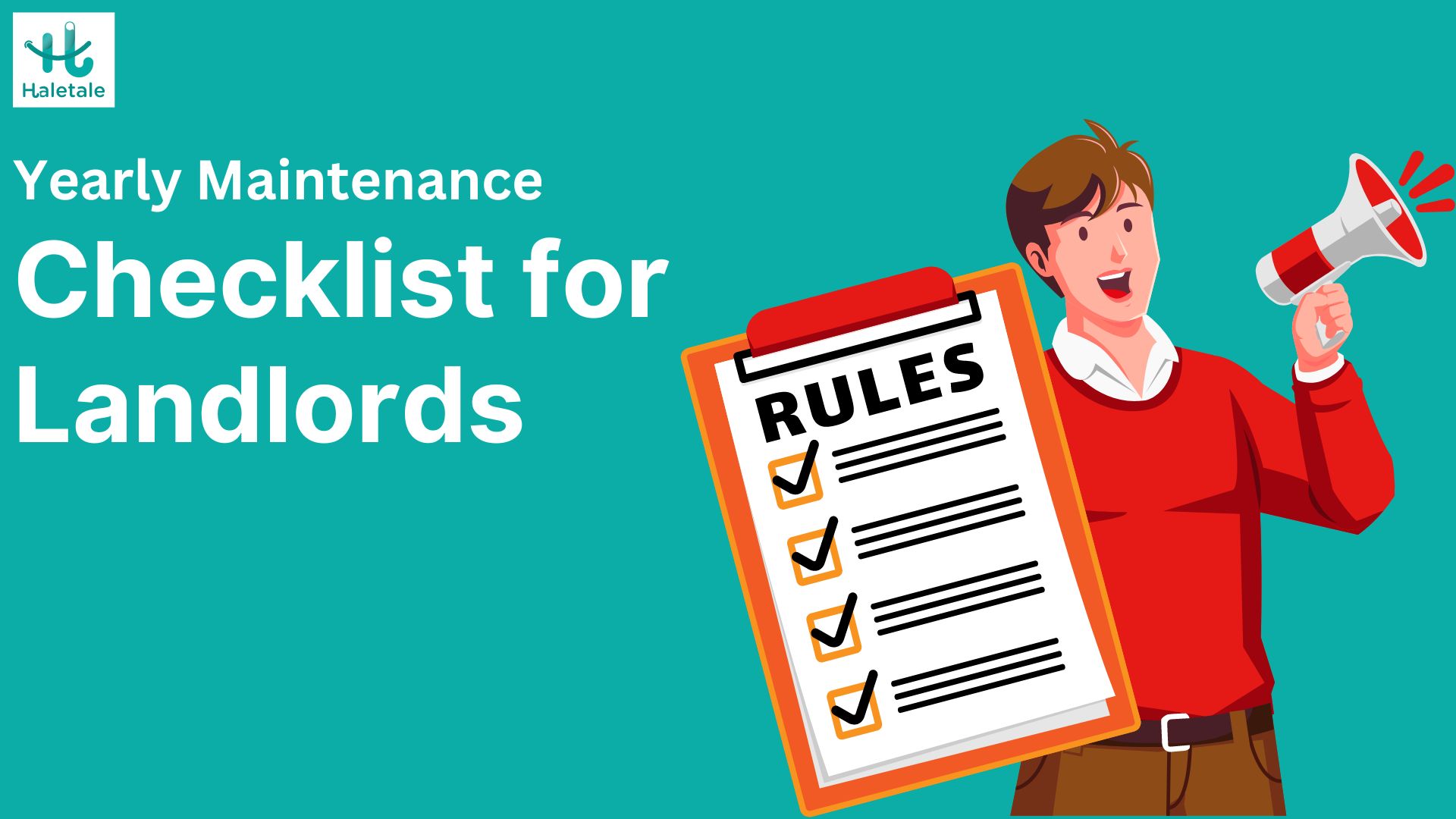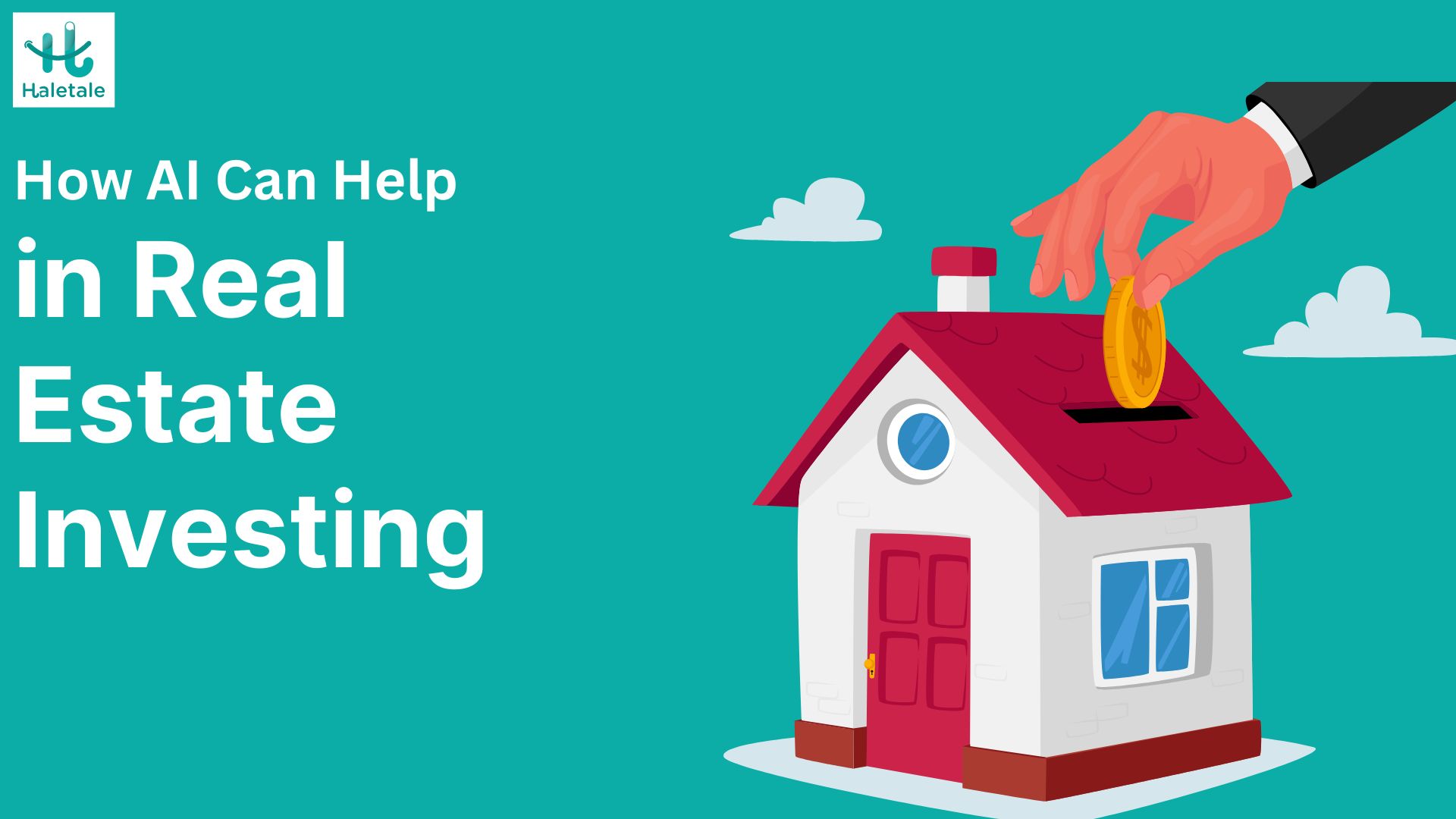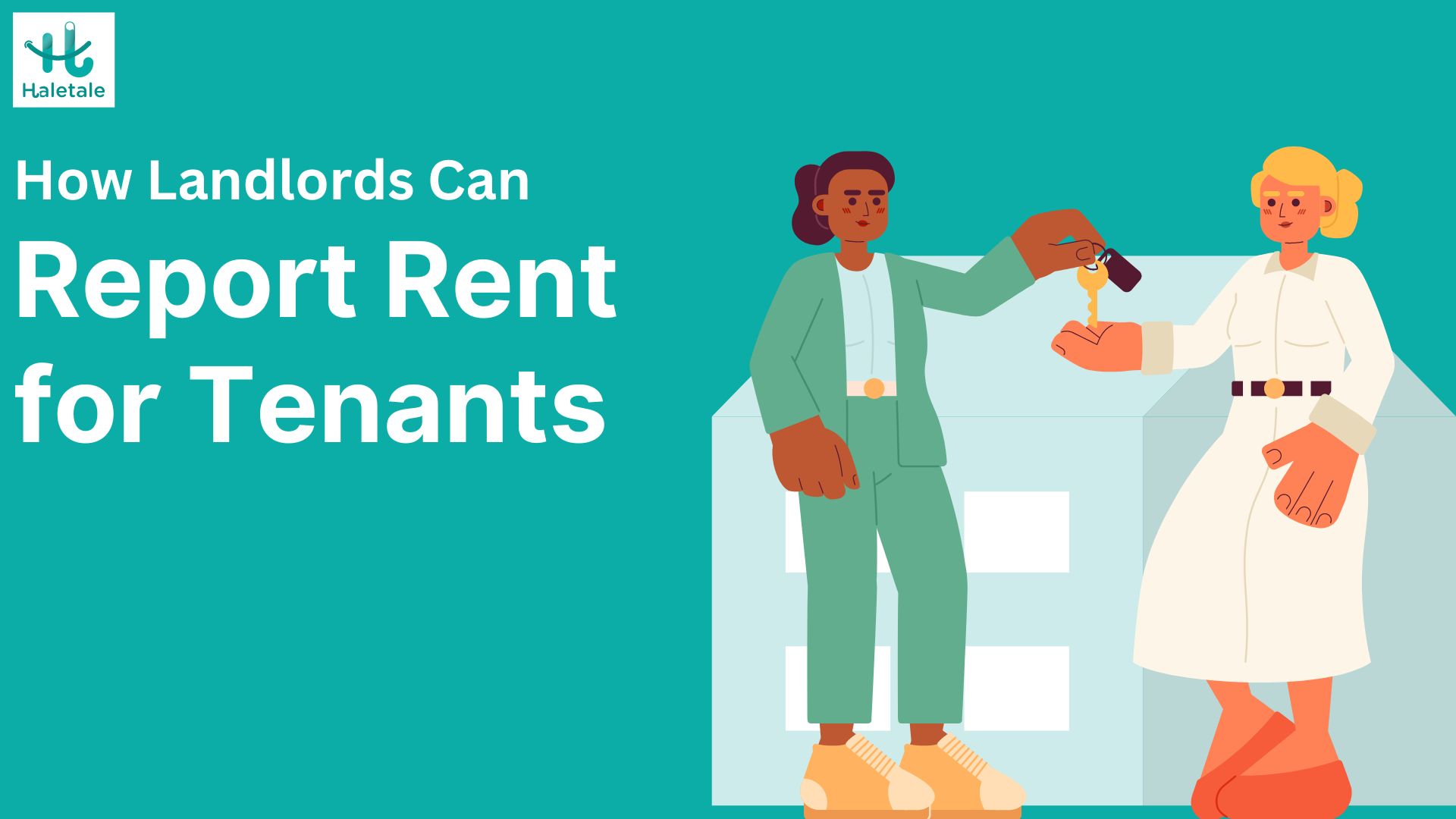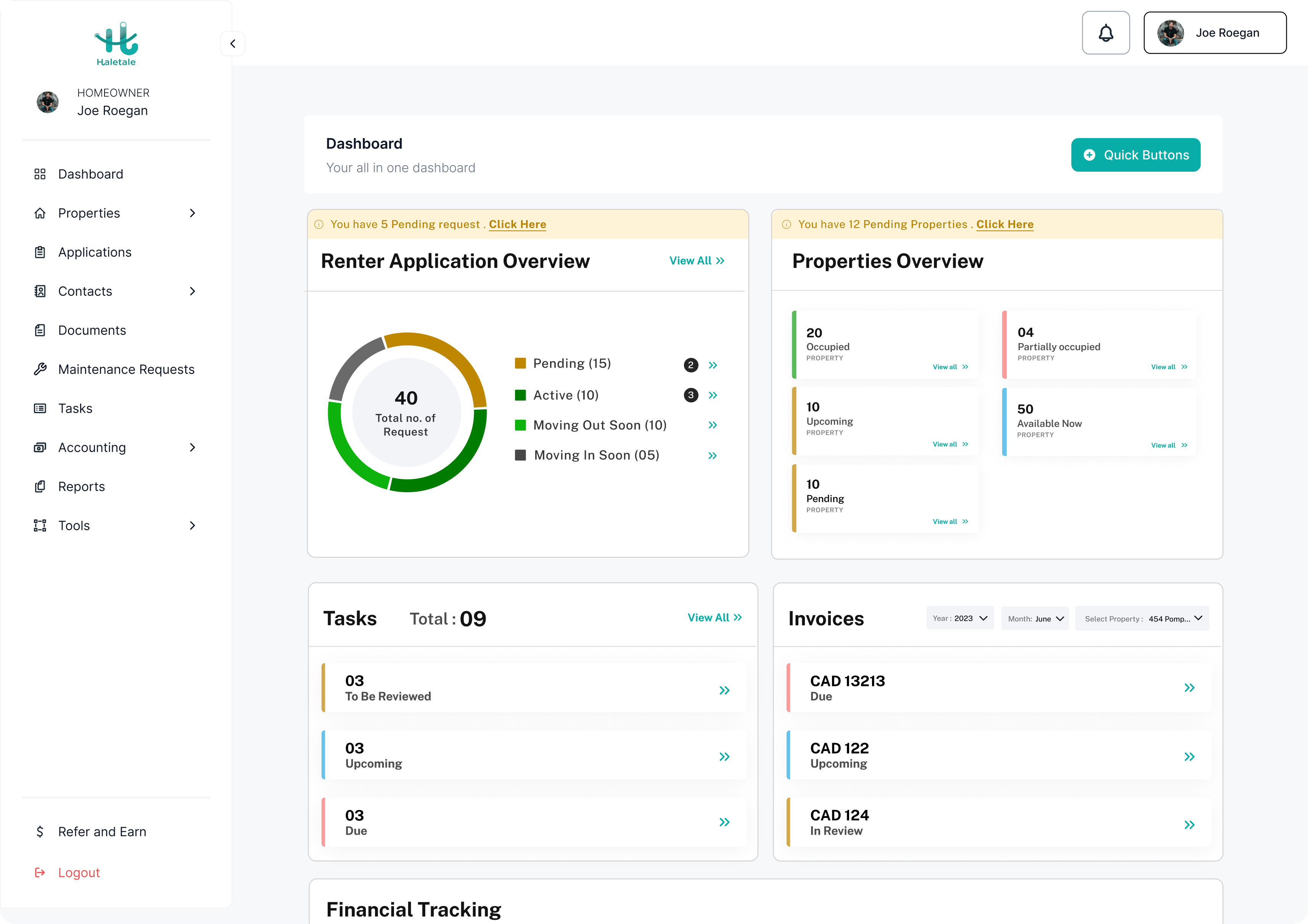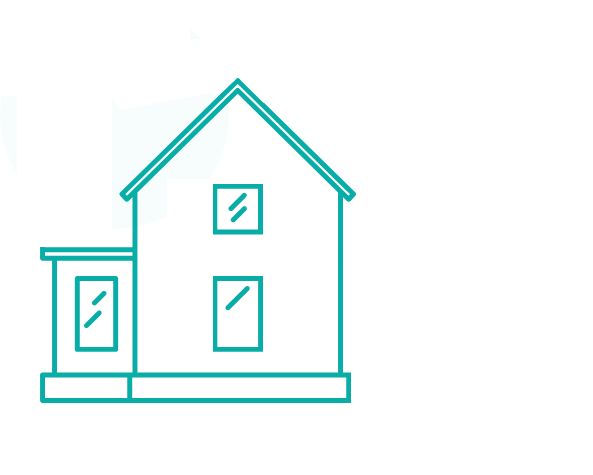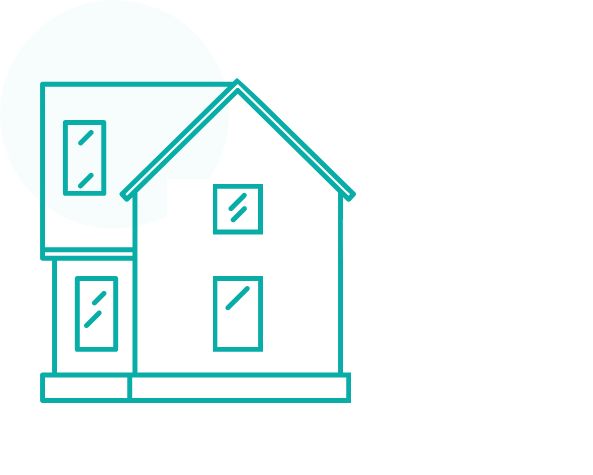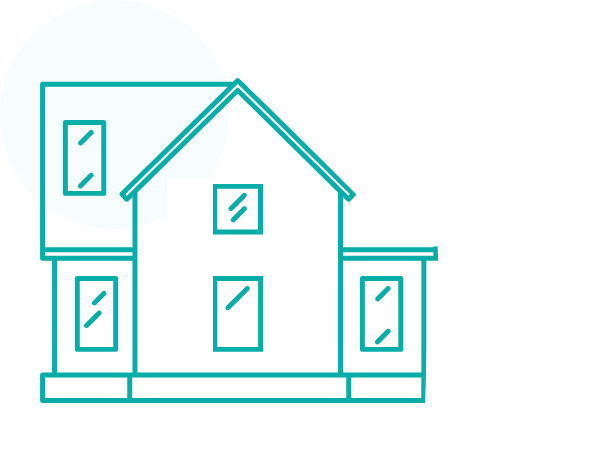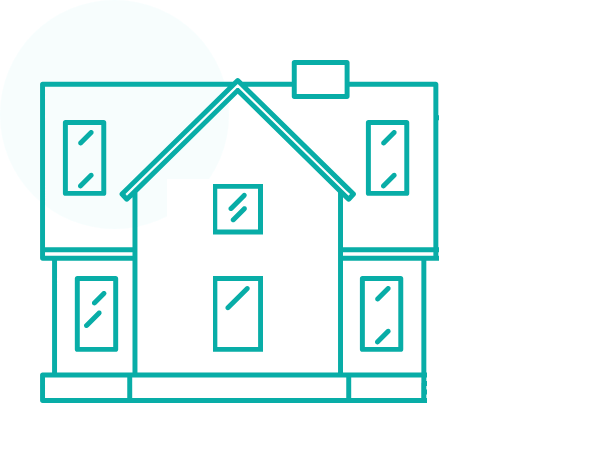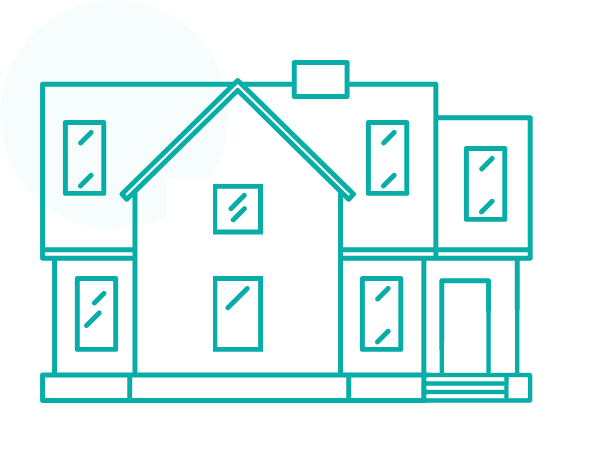One of the most crucial responsibilities of a landlord is performing maintenance on their properties. If not carefully managed, a property quickly falls into disrepair and with it, a devaluation of their property. Insufficient maintenance will result in expensive repairs, potential safety risks, and a degrading living environment for tenants, all of which can have a detrimental impact on a landlord’s revenue, and occupancy rates. Here is all about the Yearly Maintenance Checklist for Landlords.
Landlords can save on costly repairs, and create an attractive living environment that draws and keeps great renters. In light of this, establishing a thorough maintenance schedule is an investment that will pay off in the long run in terms of long-term property value increase and tenant happiness.
Understanding the Maintenance Checklist
A maintenance checklist details the tasks and inspections that a property manager or landlord will perform on a rental property on an annual basis. It is important for several reasons, which include:
- Preserving property value: Regularly scheduled maintenance will only serve to maintain or even improve the condition of a property, which will only help preserve its value over time. Adequately addressing issues via a yearly checklist can prevent minor problems from escalating into costly repairs.
- Compliance with new regulations: A comprehensive yearly checklist can help ensure that properties meet the specific regulations that marshal the maintenance and habitability of rental properties.
- Enhancing Tenant satisfaction: Well-maintained properties with responsive landlords tend to have higher tenant satisfaction and retention rates.
Components of the Yearly Maintenance Checklist
Seasonal Maintenance:
In the Spring and Summer:
- Inspect the roof for damage or any missing shingles
- Clean gutters in order to avoid blockages
- Trim trees and bushes
- Service the HVAC system and replace air filters.
- Check for issues in the attic and crawl spaces
In the Fall and Winter:
- Seal any gaps around windows and doors to prevent heat loss.
- Stock up on snow removal supplies such as salt and shovels.
- Have the roof and gutters inspected after major storms.
- Have the heating system professionally checked and serviced.
Safety Inspections:
Internal Safety Checks
- Test smoke and carbon monoxide detectors and replace any dead batteries
- Check electrical outlets, switches and wiring for any issues
- Check all plumbing fixtures and address any leaks or damage.
External Inspections
- Assess the state of stairs and walkways for any possible issues.
- Check the outdoor lights and replace any bulbs that may need changing.
Tenant Feedback and Communication
Tenant Satisfaction Surveys
- Gather tenant feedback on the overall condition of the property
- Ask if there are any maintenance concerns or any issues they have encountered.
- Assess tenant satisfaction with the responsiveness of the property manager.
Tenant Communication
- Provide instructions and elucidate the maintenance request process.
- Respond promptly to tenant complaints and address concerns promptly.
Documentation and Record-Keeping
Maintenance Records:
- Document all maintenance activities, including repairs and servicing
- Categorize records based on the type of maintenance, location and date
- Ensure compliance with local regulations and building codes
- Maintain documentation to demonstrate adherence to safety standards.
Preventative Maintenance Scheduling
- Develop a proactive maintenance schedule to address issues before they worsen.
- Review and update the maintenance schedule as often as possible.
Find the best Rental Property Management Software in Canada. Transform your Rental property into a cash-generating asset with our user-friendly property management software solution.
Smarter Property Management
FAQs
Q: What are the essential elements of a yearly maintenance checklist for landlords?
A: Discuss the key components and their importance in maintaining property standards.
Seasonal maintenance involves tasks that should be performed in specific weather conditions. Spring and summer maintenance are typically paired together while Fall and Winter maintenance tasks are also similarly paired.
Q: How does regular maintenance impact tenant safety and satisfaction?
A: Explore the relationship between well-maintained properties and tenant wellbeing. Regular safety inspections, such as testing smoke/CO detectors and inspecting electrical systems, plumbing, and security features, aid in the identification and elimination of potential hazards. Proactive maintenance of building components such as stairs, handrails, and outside lighting ensures that renters live in a safe environment.
By showing a willingness to maintain a property, a manager shows that he takes tenant concerns seriously and will only enhance their overall satisfaction
Q: What are the cost implications of neglecting regular maintenance?
A: Analyze the long-term financial benefits of regular maintenance versus major repairs.
To be able to better gauge the long-term financial benefits of performing maintenance, we can look at the cost implications of neglecting maintenance so as to know just how important regular maintenance is. If repairs are not regularly performed, there will be a rise in unexpected repair costs. There would also be a shortening of equipment lifespans due to degradation which would lead to a need for replacements.
Q: How can landlords efficiently schedule and execute maintenance tasks?
A: Create a Comprehensive Maintenance Schedule
Prioritize Preventive Maintenance
Leverage Technology and Automation
Communicate Effectively with Tenants
Maintain Detailed Records and Documentation
Conclusion
Having a comprehensive checklist is a critical tool for landlords and property managers alike to ensure the long-term health and viability of their rental properties. By addressing seasonal maintenance tasks, conducting safety inspections, and listening to tenant feedback, landlords can proactively redress issues before they escalate into costly issues.
We advise all landlords to incorporate a thorough annual maintenance checklist into their property management procedures. You may preserve the state of your rental properties, guarantee the security and welfare of your tenants, and increase the long-term profits on your investment by doing this.
